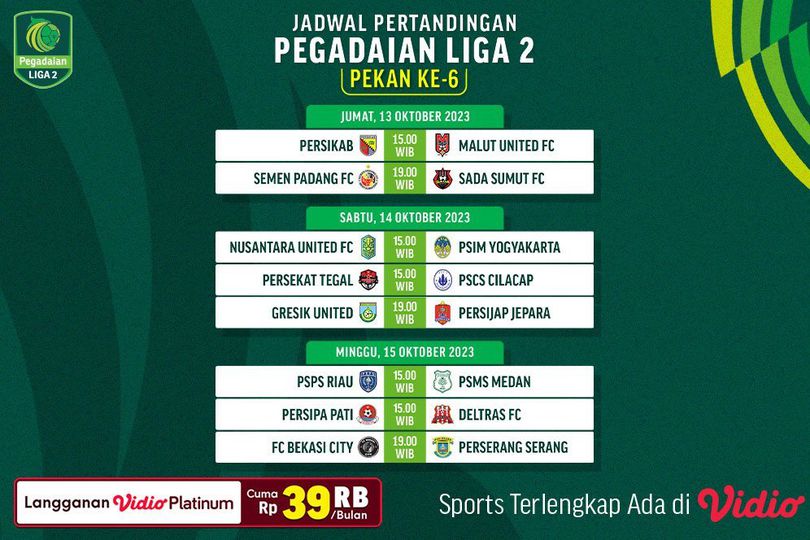
The Apex Predators: Unpacking the World of Top International Football Goalscorers
In the grand tapestry of football, few achievements resonate with as much national pride and personal glory as scoring for one’s country. It’s a moment when individual brilliance converges with collective hope, etched into the annals of history with every net rippled. While club football offers consistent glamour and financial rewards, representing the national team carries a unique, almost sacred weight. It’s about donning the colours of your homeland, singing the anthem, and carrying the dreams of millions on your shoulders.
Among the pantheon of footballing legends, a special tier exists for those who have consistently found the back of the net on the international stage. These are the apex predators, the relentless marksmen whose names appear at the very top of the all-time international goalscoring charts. Their careers are testaments to longevity, unwavering dedication, and an innate understanding of the game’s most crucial objective. This article delves into the remarkable careers of these top international goalscorers, exploring their journeys, their impact, and what sets them apart in the beautiful game.
The Undisputed King: Cristiano Ronaldo (Portugal)
At the pinnacle of this elite list stands Cristiano Ronaldo. With an astonishing career that has spanned over two decades, the Portuguese maestro has redefined what it means to be a modern footballing legend. As of early 2024, Ronaldo boasts well over 120 international goals for Portugal, a staggering figure that continues to grow. His journey began as a raw, exciting winger, evolving into a prolific goal machine known for his aerial prowess, thunderous shots, and ice-cold composure in front of goal.
Ronaldo’s international career is not just about the sheer volume of goals, but also their significance. He has been the talisman for Portugal, leading them to their first major international trophy, the UEFA European Championship in 2016, and the inaugural UEFA Nations League in 2019. His goals have come in crucial qualifiers, major tournament group stages, and knockout rounds, often turning the tide of matches single-handedly. His relentless pursuit of excellence, incredible physical conditioning, and unwavering self-belief have allowed him to maintain an elite level of performance well into his late thirties, setting a benchmark that may stand for generations.
The Asian Goal Machine: Ali Daei (Iran)
Before Ronaldo ascended to the top, the summit was held for many years by Ali Daei of Iran. A towering centre-forward, Daei was a prolific scorer for the Iranian national team, netting 109 goals in 149 appearances between 1993 and 2006. Daei’s record is particularly impressive given the competitive landscape of Asian football and the fewer high-profile international matches available compared to European or South American teams.
Daei was known for his powerful heading, clinical finishing, and remarkable consistency. He spearheaded Iran’s attack in numerous AFC Asian Cups and two FIFA World Cups (1998 and 2006). While he may not have achieved the same global superstardom as some of his European or South American counterparts, his impact on Iranian football is immeasurable. He remains a revered figure, representing the power of dedication and the ability to achieve greatness from a non-traditional footballing powerhouse. His legacy paved the way for future Asian talents and showcased the depth of skill beyond the dominant footballing continents.
The Magician’s Late Surge: Lionel Messi (Argentina)
For much of his career, Lionel Messi was primarily known for his otherworldly club exploits with Barcelona. However, his international goal tally has surged dramatically in recent years, especially after Argentina’s Copa América triumph in 2021 and the monumental FIFA World Cup victory in 2022. As of early 2024, Messi has accumulated well over 100 international goals for Argentina, cementing his place among the all-time elite.
Messi’s style is a stark contrast to Ronaldo’s power and directness. He is a creator, a dribbler, a passer, and a scorer all rolled into one. His goals for Argentina often come from moments of individual genius – slaloming runs, pinpoint free-kicks, or perfectly placed finishes. The narrative of his international career, initially marked by near misses in major finals, reached its glorious crescendo with the World Cup win. This achievement, propelled by his inspiring performances and crucial goals, not only completed his legendary resume but also propelled him past many celebrated names on the international scoring charts, solidifying his status as arguably the greatest player of all time.
The Galloping Major: Ferenc Puskás (Hungary)
Stepping back in time, we encounter Ferenc Puskás, the iconic striker of Hungary’s "Magical Magyars" team of the 1950s. Puskás boasts an incredible record of 84 goals in just 85 appearances for Hungary, an astonishing strike rate that few have ever matched. He was the spearhead of a revolutionary team that dominated world football for a period, famously reaching the 1954 World Cup final.
Puskás was renowned for his powerful left foot, his ability to score from almost anywhere, and his tactical intelligence. His goals were often spectacular, showcasing his blend of technique and brute force. Despite the relatively fewer international matches played in his era compared to today, his prolificacy remains awe-inspiring. Puskás’s legacy is not just about the numbers; it’s about the captivating style of play he embodied and the golden era of Hungarian football he led. He is a timeless legend, forever honored by FIFA’s annual Puskás Award for the most beautiful goal.
The King of Football: Pelé (Brazil)
No discussion of footballing greatness is complete without Pelé. The Brazilian legend, often considered the greatest player of all time, holds the record for most World Cup wins (three) and was a prolific scorer for his national team. Pelé officially scored 77 goals in 92 appearances for Brazil, a record that stood for decades as the benchmark for Brazilian strikers.
Pelé’s international career is defined by his exploits in the World Cup. His goals in the 1958, 1962, and 1970 tournaments were instrumental in Brazil’s triumphs, cementing his status as a global icon. He possessed an incredible array of skills: dazzling dribbling, powerful shooting, superb heading, and an uncanny ability to read the game. Pelé’s impact transcended football, making him a symbol of excellence and joy. His goals were often masterpieces, showcasing his blend of athleticism and artistry, and inspiring generations of footballers worldwide.
The Modern Stalwarts: Lewandowski, Lukaku, Chhetri, and More
Beyond these towering figures, a host of other prolific goalscorers have left an indelible mark on the international stage.
Robert Lewandowski of Poland has consistently been one of Europe’s most feared strikers. With well over 80 international goals, he combines clinical finishing with intelligent movement and immense physical strength. He is Poland’s all-time leading scorer and continues to be their primary offensive threat.
Romelu Lukaku of Belgium is another modern powerhouse, boasting over 80 goals for his national team. His combination of pace, power, and improved finishing has made him a formidable presence for the Red Devils, leading their golden generation.
In Asia, Sunil Chhetri of India has carved out an astonishing career. Despite India’s relatively lower ranking in international football, Chhetri has amassed over 90 international goals, placing him ahead of many globally recognized superstars. His longevity, dedication, and ability to consistently score for a team that often struggles for service highlight his exceptional talent and leadership.
Other notable names include Miroslav Klose (Germany), the all-time leading scorer in FIFA World Cup history with 16 goals, who retired with 71 goals for Germany. His knack for scoring in the biggest tournaments was legendary. Godfrey Chitalu (Zambia), often credited with 79 goals, though his record is less formally verified by FIFA due to the era and lack of comprehensive data. Mokhtar Dahari (Malaysia), another fascinating case from Southeast Asia, is often cited with an incredible 89 goals, though like Chitalu, verification can be challenging.
The Art of International Goalscoring
What separates these players from their peers? It’s a combination of several critical factors:
- Longevity and Consistency: Scoring at an elite level for over a decade, often across multiple coaching regimes and generations of teammates, requires immense dedication to fitness, mental fortitude, and adaptability.
- Clinical Finishing: The ability to convert chances under immense pressure, often with limited opportunities, is paramount. These players possess an innate understanding of where the goal is and how to put the ball there.
- Big Game Mentality: International tournaments are pressure cookers. The greatest goalscorers thrive in these moments, stepping up when their nation needs them most.
- Adaptability: Unlike club football where players train daily with the same teammates, international football demands quick adaptation to different systems, partners, and opposition.
- Physical and Mental Resilience: The demands of international travel, high-stakes matches, and the emotional weight of national expectations are taxing. These players endure and continue to perform.
The landscape of international football is ever-evolving, with more matches being played and fitness levels reaching new heights. This creates opportunities for new records to be set. Young talents like Kylian Mbappé and Erling Haaland are already showing signs of prolific international careers, poised to challenge these long-standing records in the years to come.
In conclusion, the top international football goalscorers are more than just statistics. They are national heroes, standard-bearers of excellence, and living legends whose every goal echoes with the hopes and dreams of millions. Their achievements stand as a testament to the enduring power of skill, dedication, and the unique allure of representing one’s country on the world stage. They remind us that while tactics and formations evolve, the thrill of the ball hitting the back of the net remains football’s most exhilarating constant.


